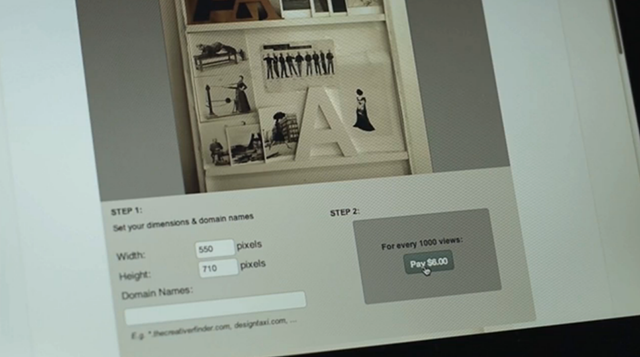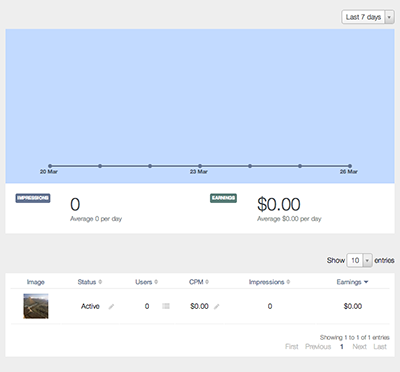A New Way for Artists to Get Paid for Image Use
Though the internet allows for distributing media and imagery faster and wider than ever before, it has also taken ownership of the image out of the hands of its creators. That means artists can’t necessarily control where and when their work shows up — a revolutionary change from the era when estat

Though the internet allows for distributing media and imagery faster and wider than ever before, it has also taken ownership of the image out of the hands of its creators. That means artists can’t necessarily control where and when their work shows up — a revolutionary change from the era when estates and museums had monopolies on publishing rights over iconic works of art. Imgembed is a new technology platform that lets creators take back some power over their creations as they filter through the web.
Imgembed’s service combines a portfolio website (somewhat similar to Dribbble if you are familiar with that) with an HTML embedding system that allows artists to host their work and viewers to browse and select images they want to use. The difference between Imgembed and a Google Image search, for example, is that when you embed an image from the service, the creator’s name will always appear below it. The service is explained in the short video below.
If a user doesn’t want the creator’s name to show up with the image, as might be the case in a commercial or publication use, then they have to pay to use the image based on how many times the image is viewed. Artists set their own rates, and then Imgembed charts the number of views, and transfers the funds. The site seems to run mainly on internal credit, with a cash-out option for when you want to withdraw your earnings rather than spend it on using other creators’ images.

Imgembed “allows creative to control their images as never before,” the company argues. The system certainly does create a simple way to transfer money, and it solves the problem of citing authorship, an issue that other projects including the Curator’s Code have taken on. However, it creates other issues. Embedded HTML is won’t necessarily travel as far as a simple JPEG, but without the code, it’s impossible to track views. There also just isn’t much of a compelling reason to use the content on Imgembed, at least not yet.
There’s also the issue of how exactly to determine authorship in the first place — there are no safeguards in place, save the company’s moderators, I assume, to make sure that the images uploaded to imgembed are not the creations of someone else entirely.

The site seems best suited to commercial artists, designers, and illustrators whose work adapts well to different contexts, both commercial and not. It’s easy to see why someone might pay to use a great bit of graphic design — stock photography provides a great model — but it’s harder to understand why a non-commercial viewer would pay for the privilege of putting an image on their personal Tumblr blog.




